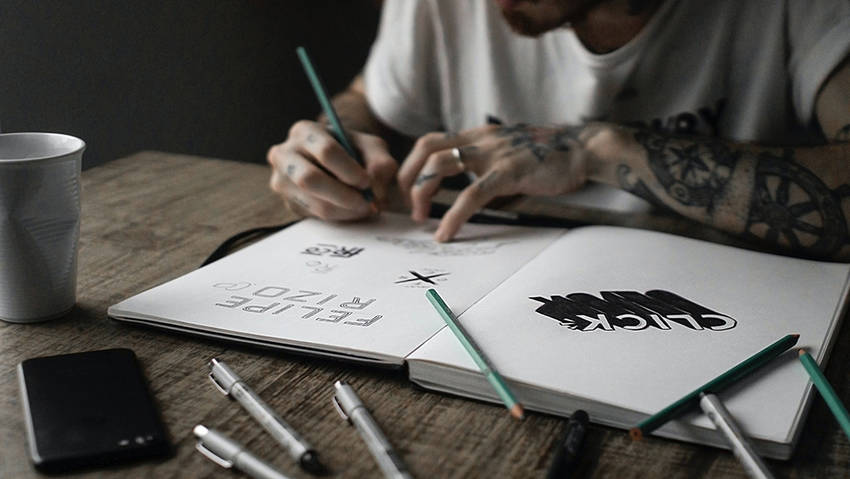Marketing Analytics: Key Metrics To Look Out For
Key Metrics on Google Platforms (Analytics/Ads)
Website Performance Metrics
- Traffic (Page Views): a metric that measures how many times a single user views a page
- Most visited pages: a metric that breaks down what the most visited pages are to website visitors
- Search ranking: a metric that shows your website's position in the search engine results page (SERP) for a specific query
- Unique visits: a metric that counts the number of visitors to a website, but only counts their first visit
- Conversions: a metric that counts an important user action like making a purchase, filling out a form, signing up for a newsletter, etc.
(Paid) Digital Ad Metrics
- Impressions: a metric that measures the number of times a user sees the ad.
- Click-through rate (CTR): the percentage of people who click on the ad, determined by dividing the number of clicks by the number of times your ad is shown and multiplying that number by 100 (impressions). The higher this number is, the better.
- Cost-per-click (CPC): a metric that measures how much it costs each time someone clicks on your ad. The lower this number is, the better.
- Conversions: a metric that counts an important user action like making a purchase, filling out a form, signing up for a newsletter, etc.
- Conversion rate: the percentage of people who convert (purchase, fill out a form, sign up for a newsletter, etc.), determined by dividing the number of users who convert by the overall size of the audience and multiplying that number by 100.
- Engagement rate: the percentage of people who engage (click, like, share, comment, etc.) with your ad, determined by dividing the total number of engagements by the total number of followers and multiplying that number by 100.
Key Metrics on Other Marketing Platforms
Social Media Metrics
- Total reach: the number of users that saw your content (also known as impressions).
- Likes: the number of people who like your content.
- Views: the number of people who view your content.
- Comments: the number of people who comment on your content.
- Shares: the number of people who share your content.
- Followers: the number of people who follow your account.
- Subscribers: the number of people who subscribe to your account.
Email Marketing Metrics
- Open rate: the percentage of people who open your email, determined by dividing the number of people who open your email by the number of people who received the email and multiplying that number by 100.
- Click rate: the percentage of people who click on links within your email, determined by dividing the number of people who clicked on links in your email by the number of people who received the email and multiplying that number by 100.
|
Pacific Software Publishing, Inc. 1404 140th Place N.E., Bellevue, WA 98007 |
| PSPINC Creates Tools For Your Business |
| Pacific Software Publishing, Inc. is headquartered in Bellevue, Washington and provides domain, web, and email hosting to more than 40,000 companies of all sizes around the world. We design and develop our own software and are committed to helping businesses of all sizes grow and thrive online. For more information you can contact us at 800-232-3989, by email at info@pspinc.com or visit us online at https://www.pspinc.com. |




























